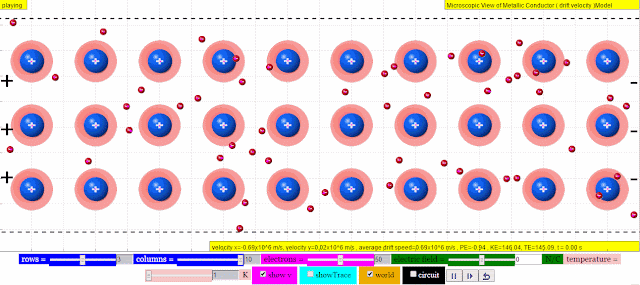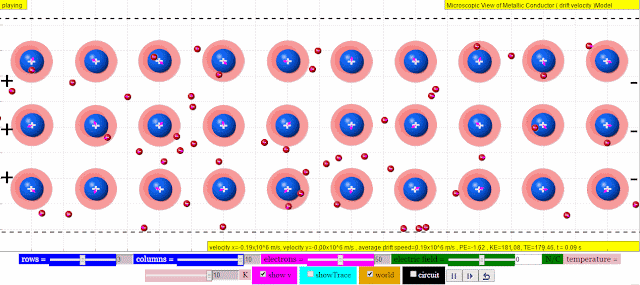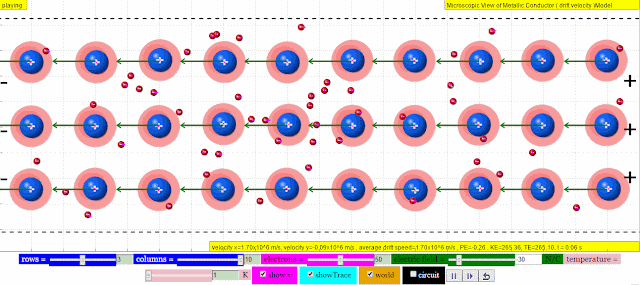
EJSS drift velocity model
author: Francisco Esquembre , Universidad de Murcia; Maria Jose Cano; lookang http://weelookang.blogspot.sg/
run: https://dl.dropboxusercontent.com/u/44365627/lookangEJSworkspace/export/ejss_model_driftvelocity/driftvelocity_Simulation.xhtml
offline:https://dl.dropboxusercontent.com/u/44365627/lookangEJSworkspace/export/ejss_model_driftvelocity.zip
source: https://dl.dropboxusercontent.com/u/44365627/lookangEJSworkspace/export/ejss_src_driftvelocity.zip



